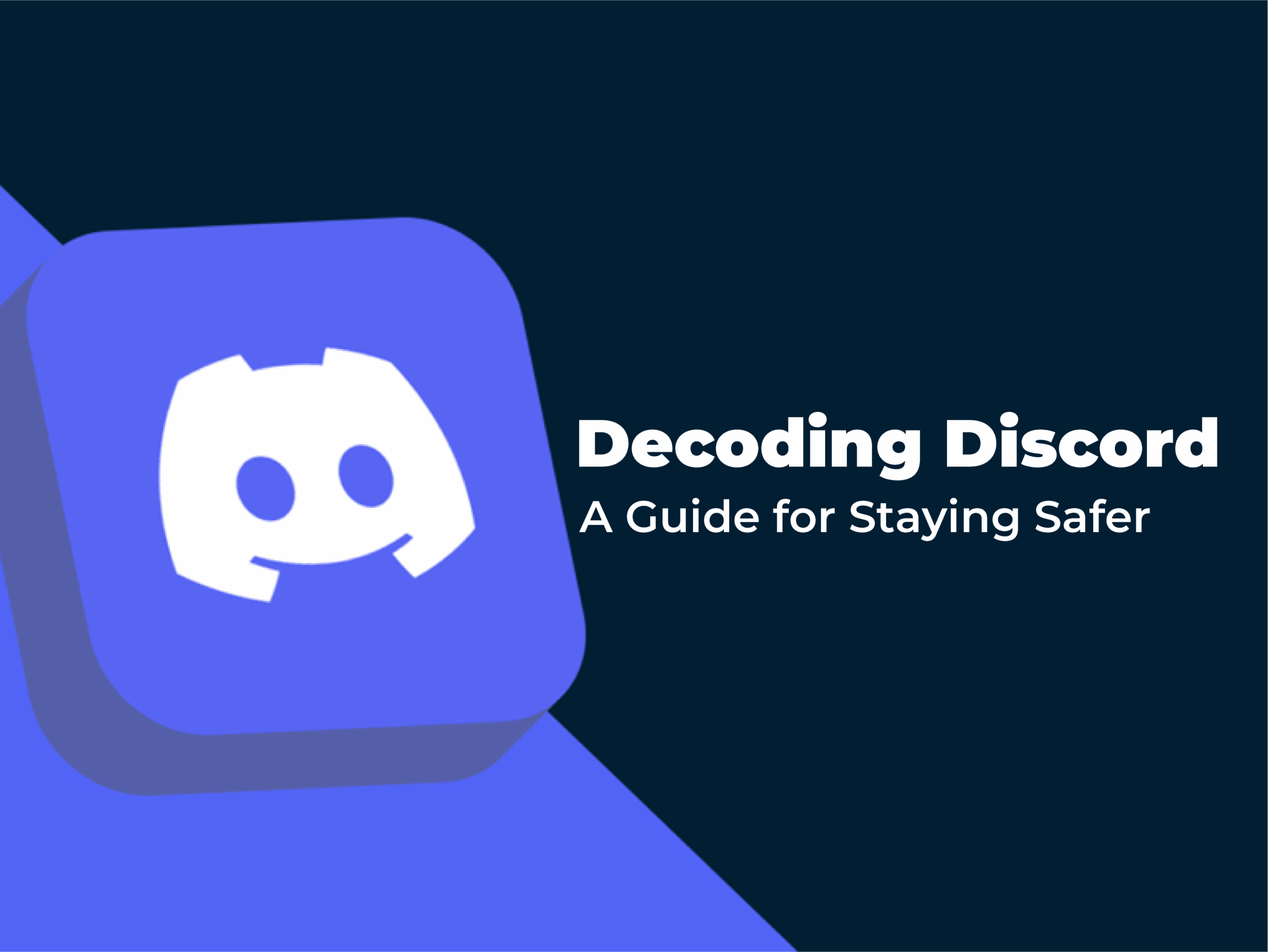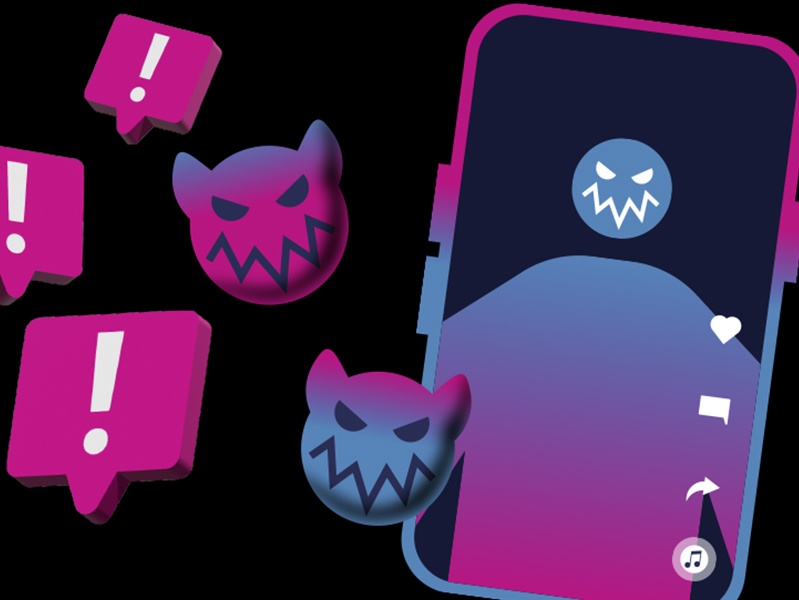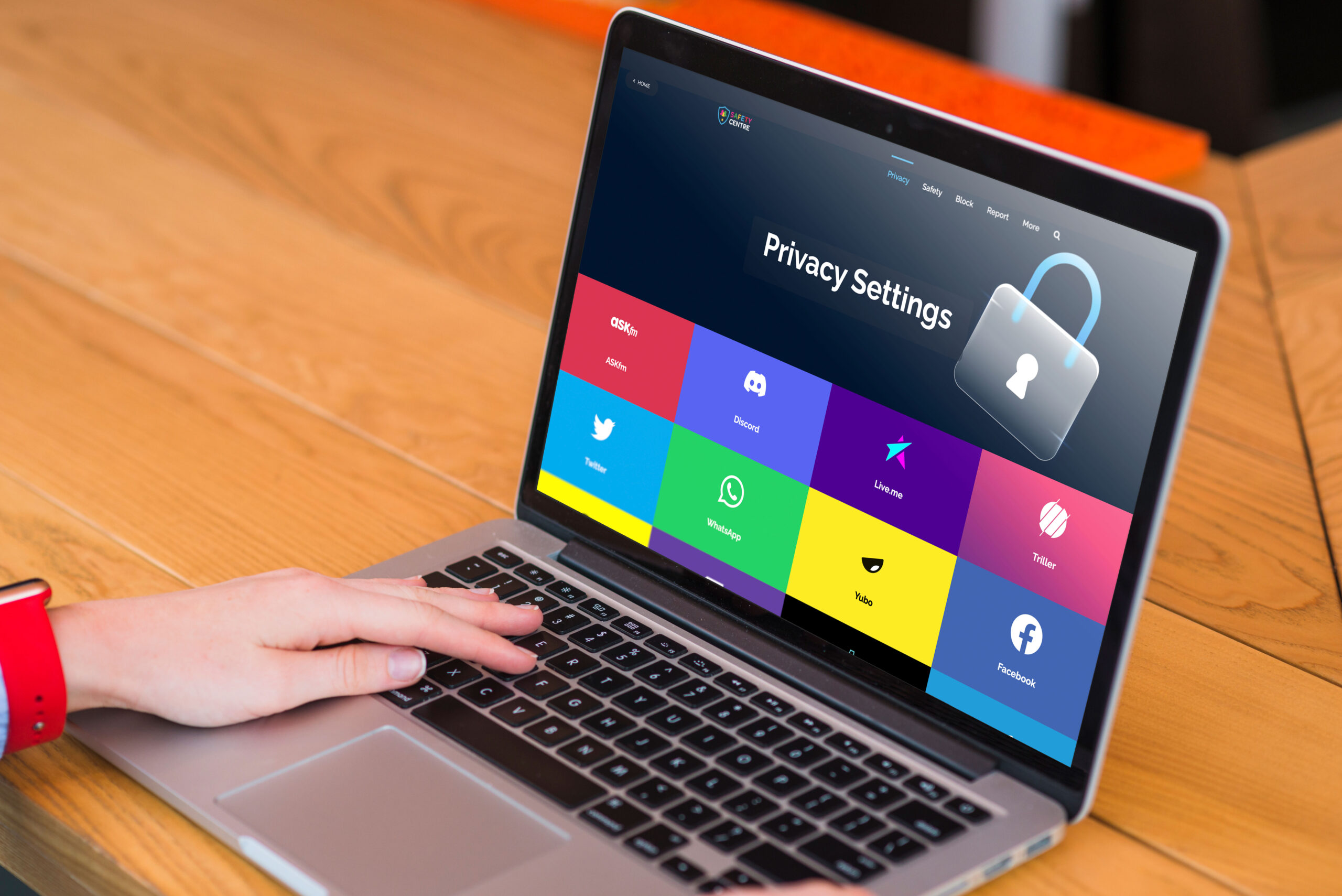Last Updated on 18th December 2025
Reading Time: 7.4 mins
September 21, 2025
If you have a gamer in your household, chances are you’ve heard the word ‘Twitch’ being used. But, what is Twitch?
Understanding how Twitch works is key to helping children and young people have a safer and positive experience on the platform. This guide will explore what Twitch is, how it operates, and outlines the practical steps you can take to support young people to make responsible online decisions that will ultimately keep them safer.
What is Twitch?
Twitch is one of the most popular livestreaming platforms that launched in 2011 and is free to use. While it mainly focuses on video game livestreaming, it expanded outside this in recent years, with some creators focusing on topics such as politics, travel and even cooking. Streams are grouped into ‘categories’, with some examples including ‘Just Chatting’, ‘Music’ and ‘IRL’.
Users can stream or just be a viewer, with most Twitch users choosing to just watch and interact with each other and their favourite streamer through live chats.
Twitch is designed for users aged 13 and older, with those aged under 18 requiring “parental supervision”. Currently, there are no age verification measures for the platform, so age restrictions can be easily bypassed by underage users.
Twitch is free to use but also offers a “monthly premium subscription program” called ‘Turbo’. For a monthly fee, it offers benefits such as ad-free viewing, custom chat options and extended storage.
‘Gifting’ on Twitch refers to a user purchasing a subscription to a channel to another user. They can purchase gifts anonymously, to one viewer, or a group of viewers. The channel creator will be notified of this, and will often thank the user who ‘gifted’ the subscription during their livestream. Some children and young people may ‘gift’ just to get noticed by their favourite streamer.
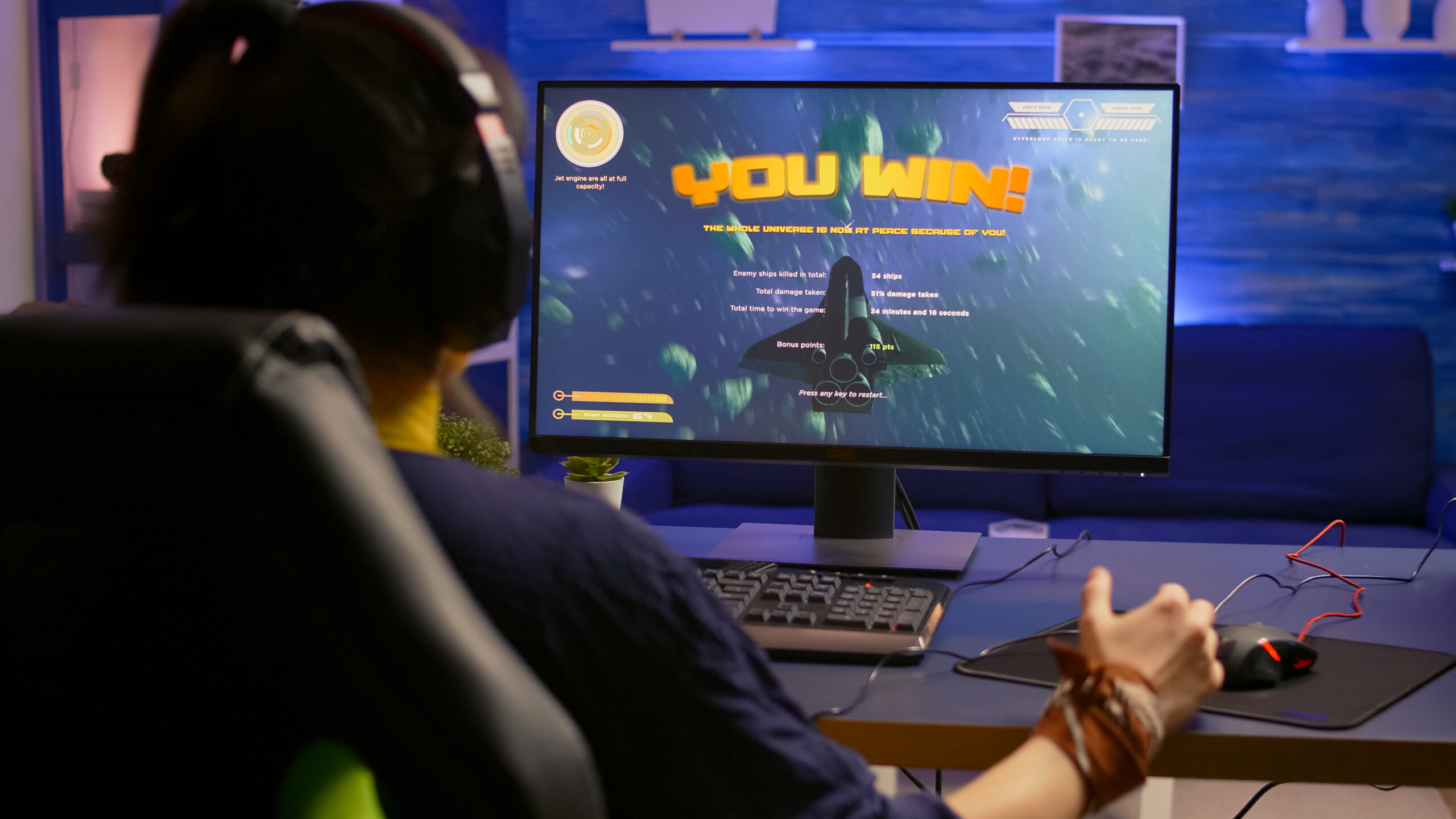
Why is it Popular?
Twitch allows users to explore interests and interact with their favourite streamers and creators. The live element of the platform provides an essence of authenticity and connection, with many streamers gaining a significant number of followers that bond together to form a community-driven experience.
As Twitch is mainly used for streaming gameplay, many children and young people will turn to Twitch to get a look at the latest games before they purchase it themselves, or to view games that they are not old enough to play.
Safety Settings
Although Twitch does not offer parental controls, it does have a selection of safety settings that can be utilised by parents and carers to create a safer experience for the children and young people in their care.
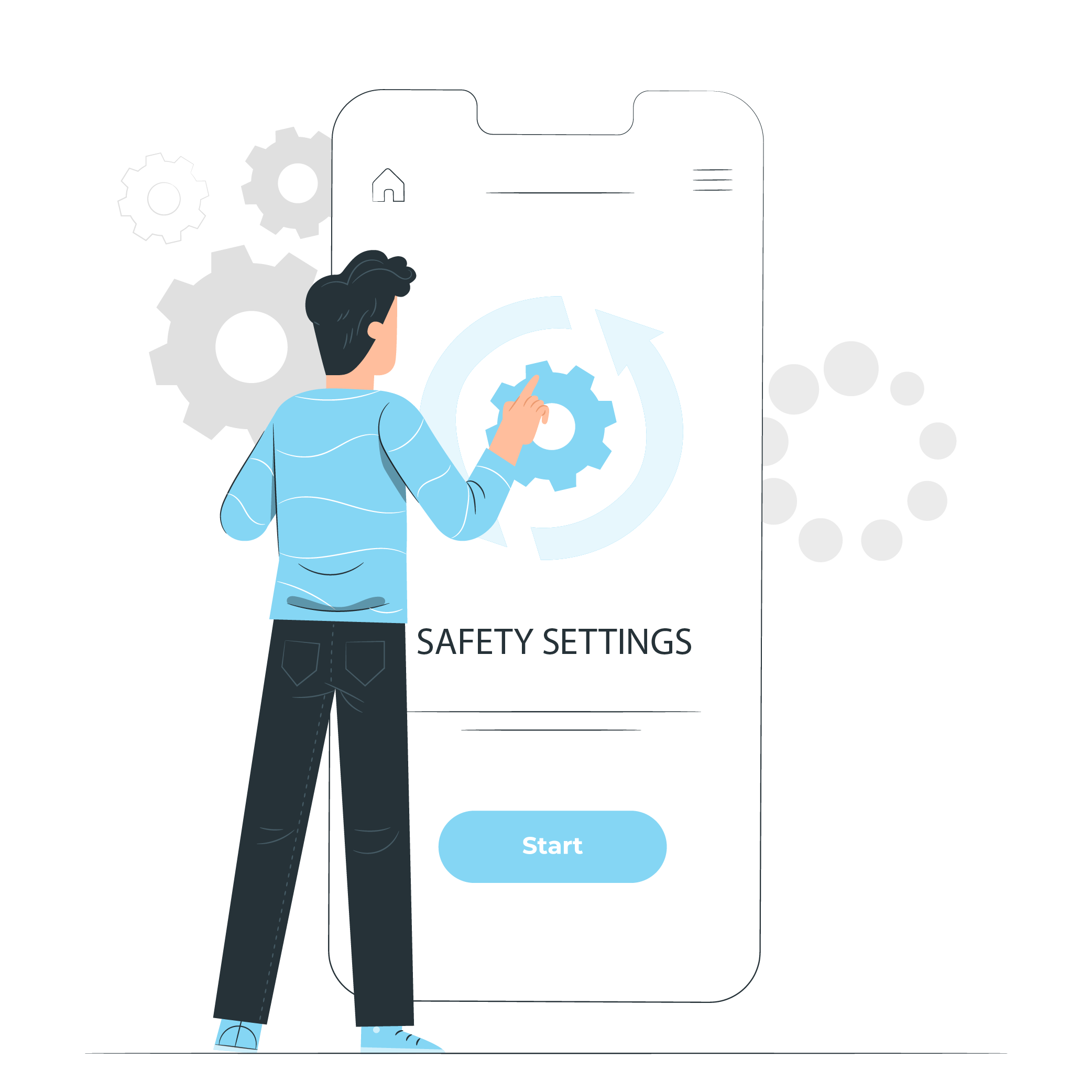
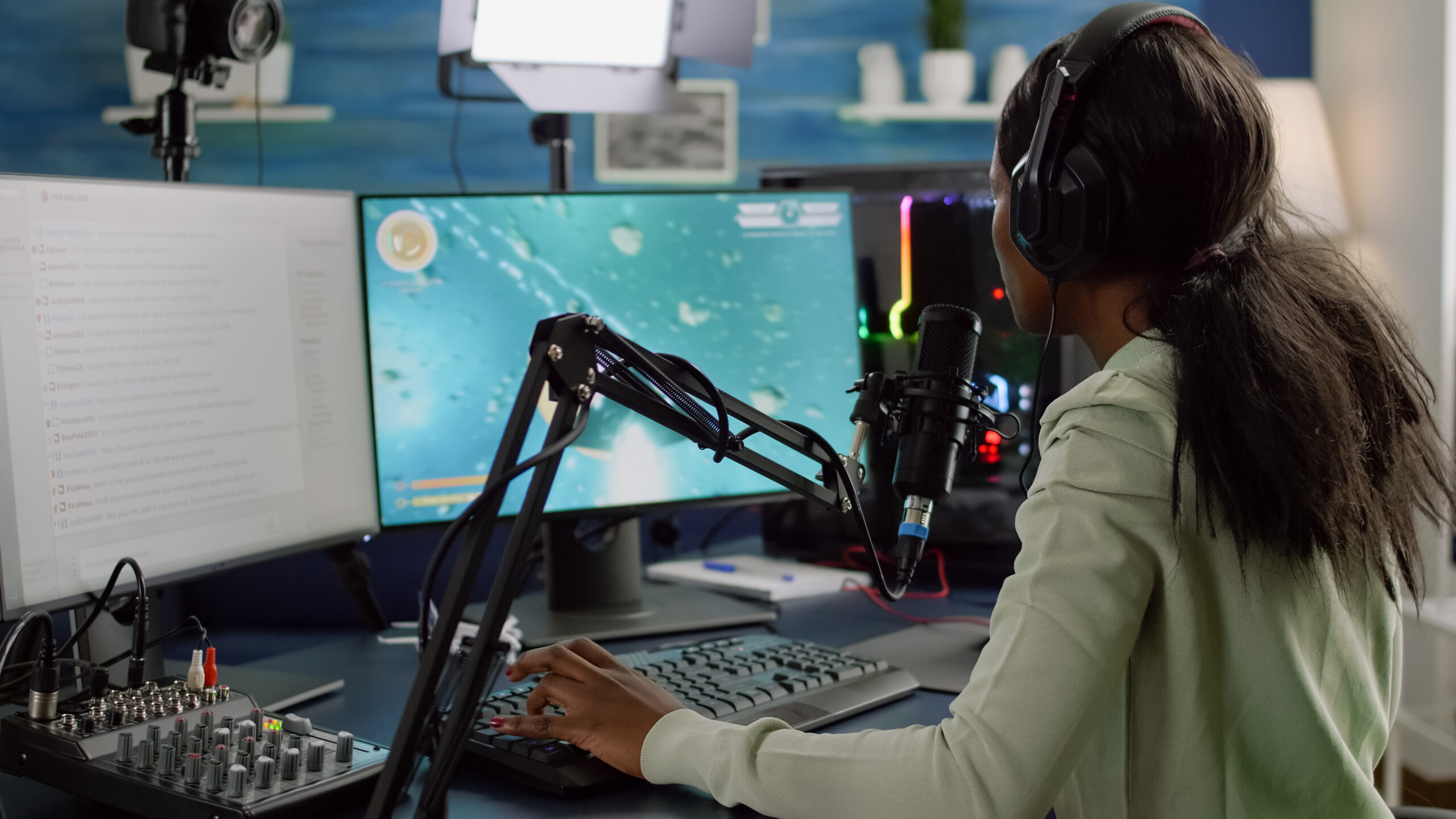
What Are the Risks?
Live streaming platforms are becoming increasingly popular with children and young people, so it is important for parents and carers to be aware of what risks platforms like Twitch can present to children and young people.
What Can I Do?
Have Open Conversations
Speak non-confrontationally and frequently to the child in your care about their online habits. Ask them questions like, “who do you like to watch on Twitch?” and “why do you like to watch them?”. This will encourage them to be more honest about their habits and come to you if they have questions.
Ensure they know who their trusted adults are if they need to discuss something they have seen online that is harmful or has made them uncomfortable.
Utilise Safety Settings Effectively
Make use of the safety features to take the essential steps towards making the online experience safer for children and young people. Discuss with the child or young person why you have chosen the selected restrictions and come to an agreement as this will help them feel involved and in control. If they feel that you have breached their privacy and taken over their account without consent, it may lead them to lie about their online habits.
As the child or young person gets older, you may wish to alter the restrictions, so review them frequently.
Explain that Personal Information Should Stay Private
Children and young people should be taught that their personal, identifiable information is very special and should not be shared online. They should always consider why a person or platform needs their details if they are asked to share them. If they are unsure of the answer, they should ask a trusted adult for advice. This includes their full name, age, school, address, birthday and phone number.
Further Resources
Join our Safeguarding Hub Newsletter Network
Members of our network receive weekly updates on the trends, risks and threats to children and young people online.



